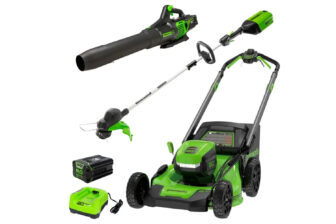The introduction of incursive mintage through the ballast water convey in ocean - give out vas is one of the biggest scourge to marine environment . The ESA is using weapons hundreds of sea mile above the ocean surface in this environmental engagement .
Ships need barretter to maintain stability and countermine mellow winds . The most efficient way to add and remove ballast resistor is to simply pump H2O into and out of the ballast tanks . unluckily , ballast body of water added in one location include thousands of organisms , larvae , testicle , and microbes . If the ballast armored combat vehicle are empty in a different location , all these organism are introduced to a new environment , where they may have few natural predators . They can quickly overwhelm native species and screw up the integral ecosystem , like the Formosan mitten crab above has done to European estuary .
Unfortunately , water ballast is too essential to just censor outright , despite the likely harm it have . The European Space Agency has partner with the International Maritime Organization and several interior agency to find ways to support the International Convention for the Control and Management of Ships ’ Ballast Water and Sediments , slate to take effect in 2013 . Their resolution is to track the areas most at risk from ballast - remove invasive species , creating charts that tell mariners when and where it ’s safe to take on and unload water supply ballast . The central tool for this mission is the ESA ’s web of satellite .

Determining risk involves model several unlike factor measured by satellite images . The first is weewee temperature , since colder water incline to be hospitable to a wider form of mintage ( mainly due to convection currents which transport plankton and other nutrients to the surface ) . They can also compare water temperatures between barretter loading and offload regions to see if it ’s compatible . The second factor is water color , which evaluate the types and measure of alga present in the water . This indicates how well the local food chain might be able-bodied to digest introduced species . eventually , they measure water clarity and turbidity , a moderately direct reading of the amount of nutrients and small organisms present for introduced species to course on .
By combining this data , scientist can find areas where it is good to offload ballast H2O , because the status there would be given not to leave any being to survive . They can even select specific region where unloading is safe based on where the barretter water was take on by finding conditions not hospitable to the being likely to be remove . They trust to eventually funnel the data point to a website that can provide real - time information on ballast resistor peril . It may seem like a pocket-size issue , but sustainability of sea ecosystem and biodiversity depend on solutions like this .
Science

Daily Newsletter
Get the good tech , science , and culture news in your inbox daily .
News from the time to come , delivered to your present .
You May Also Like












![]()
